Everything looked right: a sleek website, steady blogs, a presence on every platform. So why did growth still feel unnatural, forced—or worse, flatlining?
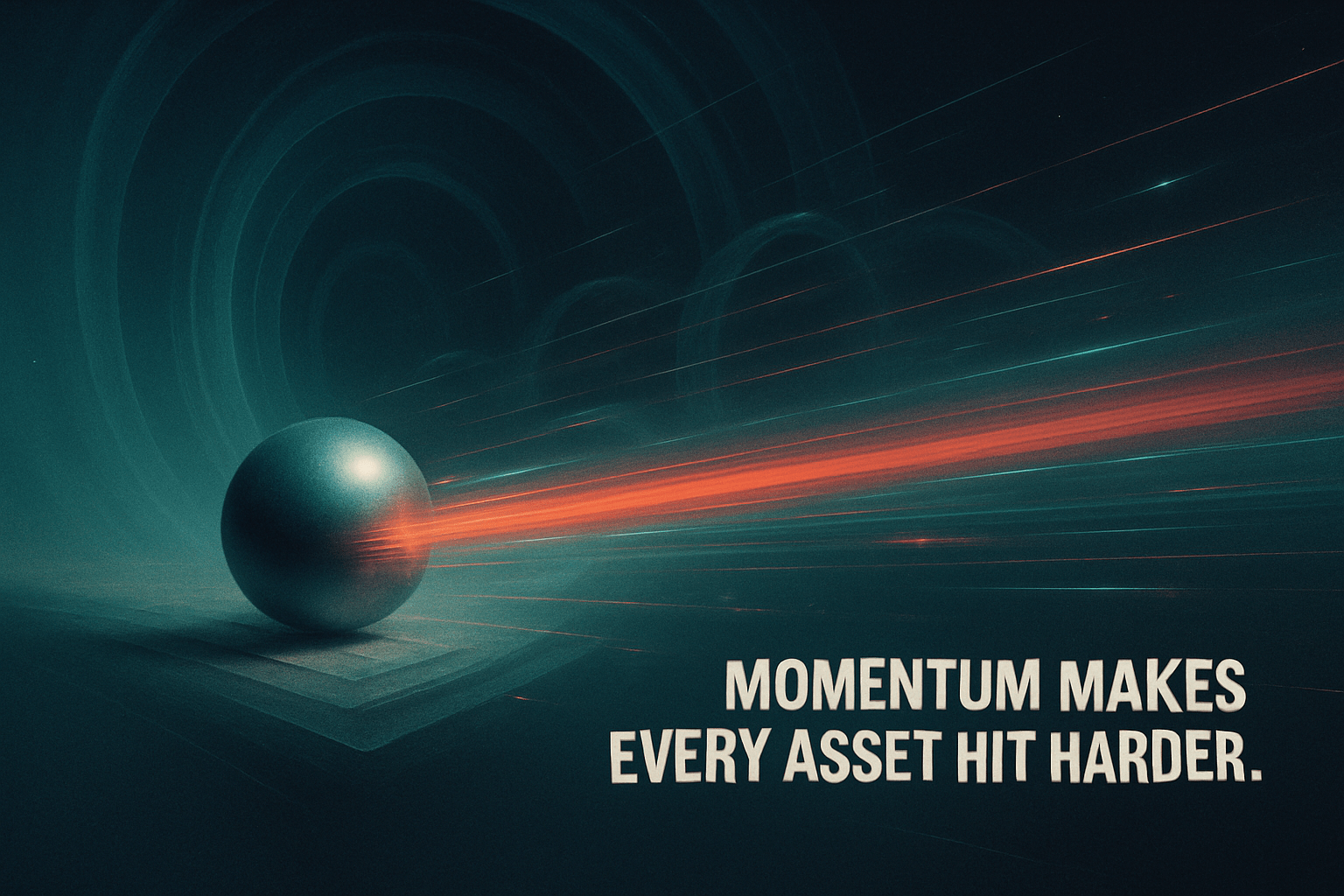
You made the right calls. Built the site. Claimed your listings. Committed to digital. While others were still relying on word-of-mouth and outdated directories, you moved. You invested in content. You pushed for visibility. That already puts you ahead.
You chose progress. And progress is rarely perfect.
You tested headlines. Optimized email sends. Watched traffic spikes flatten, then return. The strategy wasn’t broken—it just never gained velocity. The posts were consistent. The results weren’t. You stayed in motion—and still hit resistance.
This isn’t rare. It’s the quiet norm creeping across healthcare marketing. Especially in podiatry marketing, where digital focus becomes linear: more blogs, more shares, a better-looking site. But linear content investments don’t build exponential momentum. They simulate it.
A clinic spending five hours a week creating content should eventually gain measurable visibility, right? Local SEO rankings, patient bookings from Google Maps, noticeably higher call volume.
But in too many cases, the needle moves only until it resets. Every few weeks, it’s back to the same KPIs. A flatline that demands more spend, more content, more urgency—but delivers nothing back.
That’s not a failure of strategy. Or creativity. It’s something deeper.
Most content frameworks in podiatry marketing are built on ideas borrowed from big-budget B2C playbooks: nurture funnels, seasonal email sequences, social media rhythm strategies.
But those approaches never accounted for hyper-local patient acquisition ecosystems, or keyword intent specific to high-stakes, symptom-driven queries like “heel pain treatment near me” or “foot doctor for diabetic neuropathy.”
What you’re really facing isn’t just search competition. It’s a content ecosystem optimized around the wrong gravity. While you’re orbiting trust-building narratives and educational awareness, your competitors—those deploying deeply aligned SEO for podiatry clinics—are capturing transactional keywords with surgical precision, crowding SERPs before you even have a chance to respond.
It feels like content should work faster. And more deeply. But acceleration doesn’t just happen through output. It comes from compounding momentum—stacked visibility loops designed to dominate intent at every stage of the patient journey.
Without those loops, your content stays static. A website update feels like progress—but without dynamic reinforcement, that SEO equity degrades in weeks. A well-written blog post floats briefly in mid-rank stasis without ever breaking top-three.
A Facebook ad generates clicks—but fades the moment the budget dries up. Nothing sticks. Nothing compounds. And no one tells you why.
This isn’t your fault. It’s the infrastructure under your messaging—the invisible scaffolding holding it together (or letting it collapse under weight).
And once that realization hits, the question starts to shift: Why have I been building visibility without building momentum? If this is what consistent digital marketing looks like… why does the impact feel so temporary?
As more podiatry clinics crowd the local digital space—bidding on keywords, purchasing SEO services, launching PPC campaigns—the real differentiator becomes something most never think to question: frequency without feedback is friction.
Content must inform, connect, and loop back to itself. Otherwise, every gain is a new beginning. Not a building block.
And in a space this competitive, new beginnings lose to scalable loops, every time.
But what if the reason you’ve struggled to scale isn’t the strategy, or the spend—but the absence of architecture built to amplify it?
Presence No Longer Equals Visibility

A podiatry clinic can post regularly, maintain a polished website, and pour budget into digital ads—and still find itself invisible in the local search ecosystem.
This isn’t a failure of effort, but a collapse of alignment. The rules that once rewarded consistency and brand-polished messaging now elevate something else entirely: systemic momentum.
When Digital Foundations Stop Being Enough
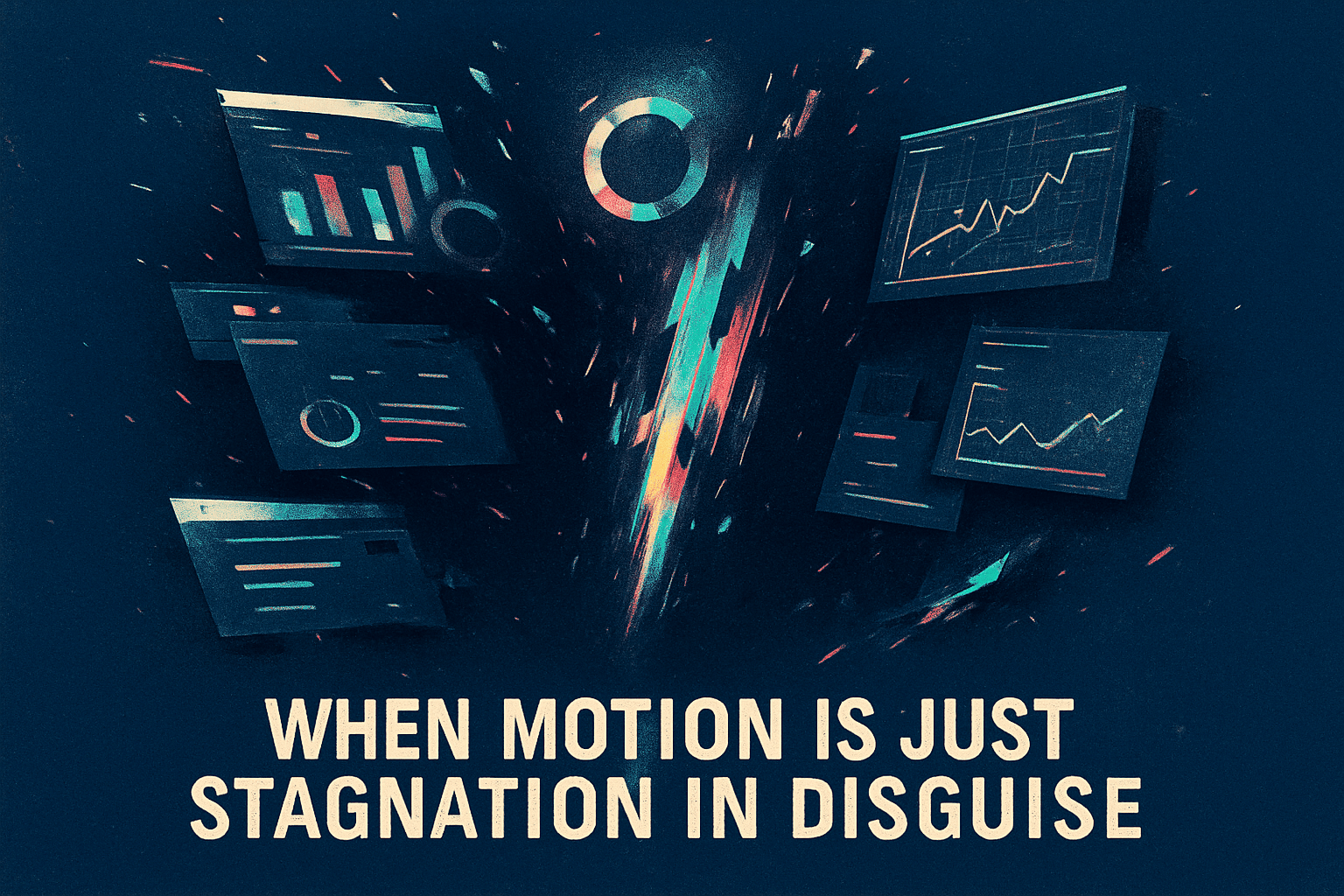
In traditional podiatry marketing, the assumption was that building a digital foundation—an optimized website, periodic blogs, a presence on social media—would be enough. And for a time, it was.
Clinics could coast on static assets and occasional bursts of online activity to drive appointments and patient acquisition. But that system quietly expired.
Why Momentum Outperforms Consistency
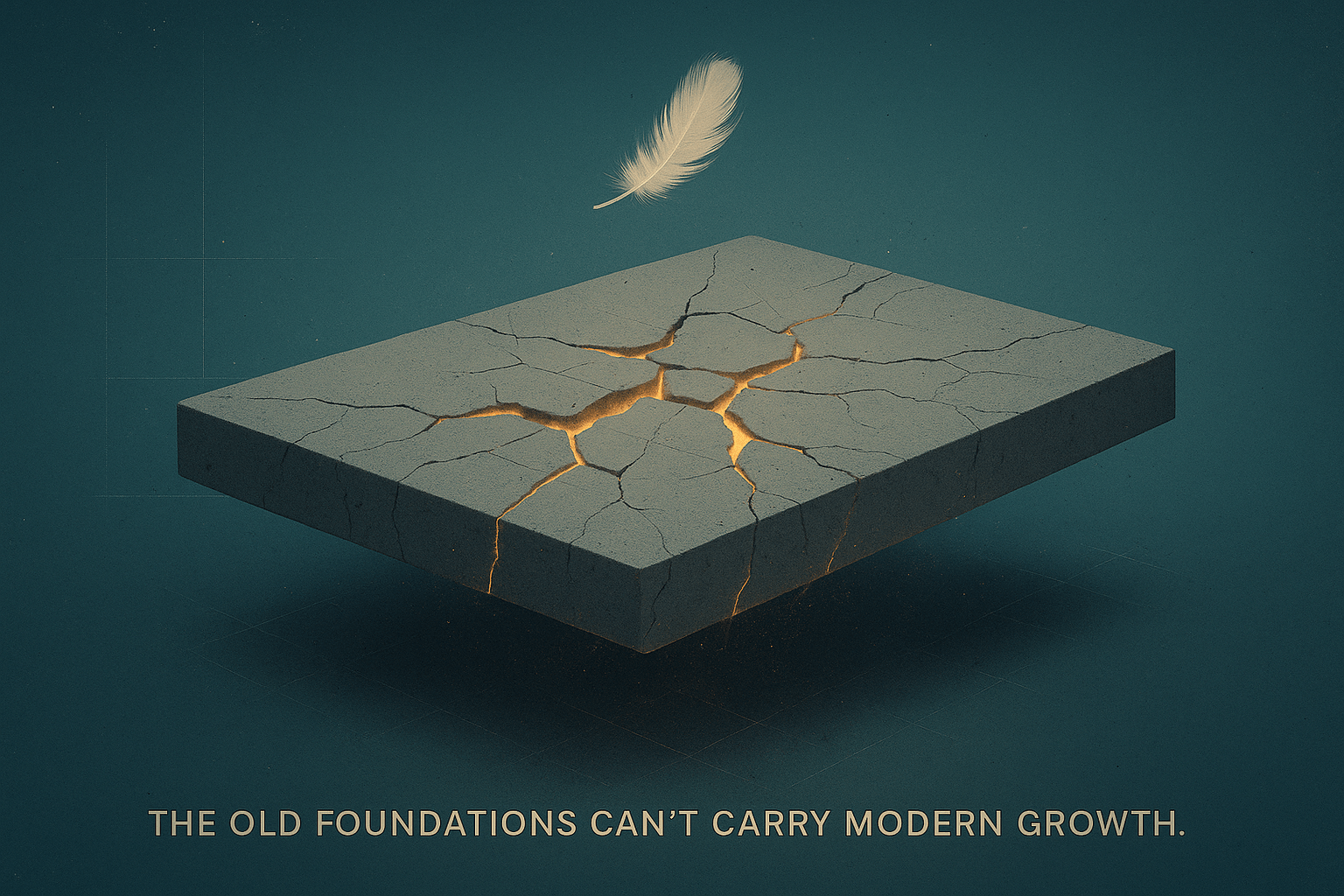
Today’s top-ranking practices are not producing more articles. They’re growing faster, ranking higher, and landing more foot and ankle patients because their entire asset stack is engineered for velocity—stacked in layers, deployed in sequence, and looped in ways the average clinic never sees. And the impact is exponential.
What’s become clear is this: podiatry marketing isn’t about visibility in theory—it’s about velocity in motion. It’s the compounding momentum of interconnected assets that amplifies marketing ROI.
One blog post doesn’t just live—it’s repurposed into short-form video for heel pain awareness campaigns, embedded into patient intake journeys, and algorithmically connected to local search intent for bunion treatment queries. Stand-alone material has become the slow lane.
The Hidden Dispersal Problem in Modern Marketing
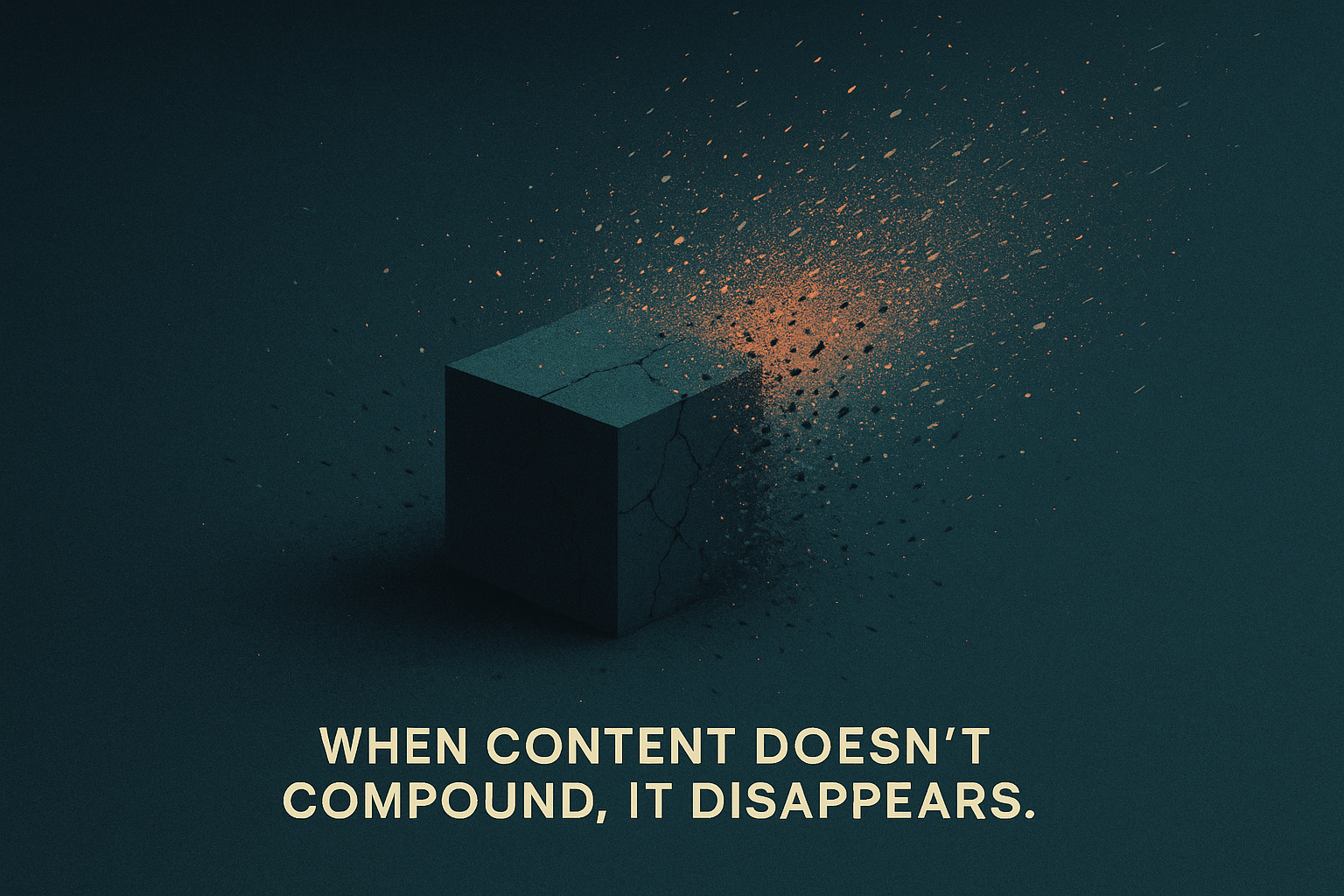
Skeptical practices often point to “consistent posting” or “solid SEO” as their primary online strategies. But hidden beneath the surface, their efforts aren’t compounding—they’re dispersing.
Instead of building gravity, they evaporate on contact. The difference isn’t visible in the asset media—it’s visible in the results.
The Invisible System Your Competitors Already Built
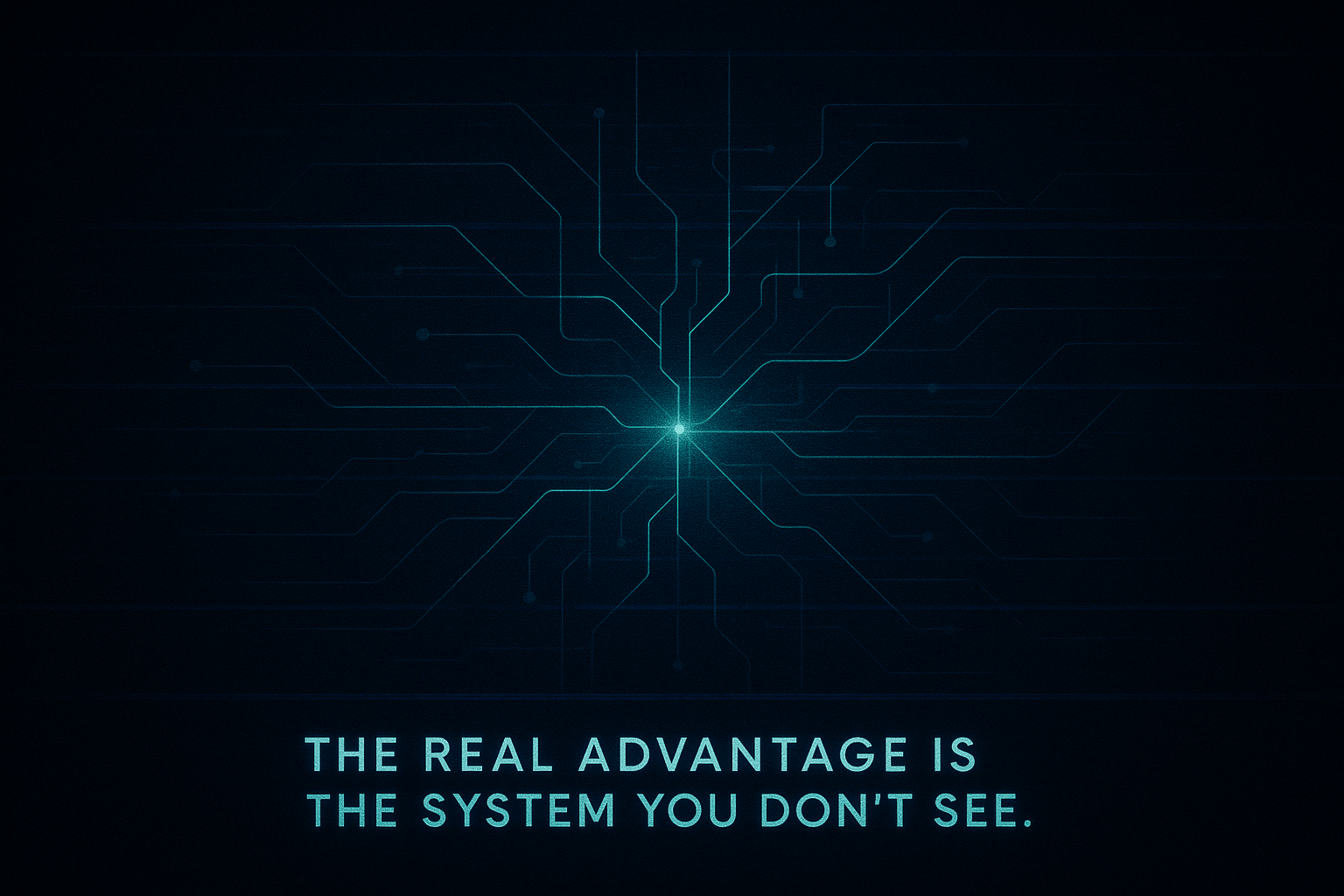
If you examine the practices dominating local podiatry search, a pattern emerges. Their digital footprint doesn’t look prolific on the surface. In fact, many don’t appear loud.
But behind the curtain, their content constructs are relentlessly structured around engagement flow, depth, and informational interconnectivity—touching everything from diabetic foot care to neuropathy to ingrown toenail treatments with precision.
These clinics aren’t just producing content—they’re operating on a different plane of execution entirely. And this is where the gap quietly becomes irreversible.
Because while most providers are tweaking CTAs or testing new ad creatives, a new class of competitors has already aligned with an unseen force—one that transforms content strategy from output to orchestration.
Their assets are pre-mapped for amplification, sequenced for patient lifecycle alignment, and optimized not just for keywords, but for momentum. The engine they’re running was built to bypass the struggle of human bandwidth. It’s non-incremental. It compounds.
That engine has a name—but most clinics don’t know it exists. They’ve already lost ground to it before they’ve even seen it. It isn’t publicly showcased. It isn’t accessible through tutorials or webinars.
It’s moving silently—and it’s already reshaping the top 10 search results for high-intent phrases in podiatry marketing across dozens of cities.
This isn’t the future. It’s the invisible present. And by the time most foot and ankle specialists realize what’s shifted, re-entry into the momentum curve will cost 2–3x more than it did six months prior. The longer the delay, the deeper the gap.
What once required strategy and luck now demands something different entirely: a system that executes with precision at a velocity no human team can sustain alone.
That’s the real difference—and it’s why practices who once led their local categories are now being outpaced by names they’ve never heard of.
And those names? They’re powered by something the rest of the market hasn’t caught up to—yet.
The Content Friction Point

Patients never begin where providers imagine they do. They don’t start with certainty, diagnosis, or a clean search query like “podiatrist near me.” Their journey starts earlier—quietly, privately, and emotionally—long before the algorithm ever sees their intent.
A subtle ache in the heel first thing in the morning. A toe that’s been sore for months but doesn’t “look bad enough” to justify an appointment. A runner who assumes the pain will pass.
A diabetic patient who doesn’t want to overreact. A parent noticing their child limping but hoping it resolves on its own. Tiny symptoms trigger tiny hesitations, and those hesitations stack into quiet delays no clinic ever sees.
The Emotional Search Before the Actual Search
What makes this friction so dangerous is its invisibility. Clinics often assume patient discovery begins when the patient finally types something into Google. But the real beginning—the emotional beginning—happens internally, shaped by uncertainty, fear, annoyance, and conflicting self-talk.
The individual is searching long before they’re “searching.” And because they’re searching emotionally, the language they use reflects uncertainty rather than confidence. They don’t look for plantar fasciitis. They look for “why does my heel hurt when I get out of bed.” They don’t look for neuropathy.
They ask, “why do my toes feel numb sometimes.” They don’t search for ingrown toenail procedures. They search for “my toenail hurts when I touch it.” They don’t begin with clinical terminology—because emotionally, they’re not there yet.
The Language Gap That Kills Visibility
The problem is that podiatry practices tend to write for the moment of clarity, not the moment of confusion. They write for diagnoses, not the emotional fog that precedes them.
The industry produces beautifully formatted condition pages using correct terminology and accurate explanations, but these pieces of content rarely match the internal language of the patient’s first moment of curiosity.
And that mismatch creates a fracture that quietly decides who gets found and who gets missed.
Why Academic Content Misses the First Moment
Search engines don’t reward correctness—they reward alignment. When a searcher’s emotional question intersects with content that mirrors their phrasing, their uncertainty, or their specific micro-experience, visibility accelerates.
When the patient’s question collides with educational material written only in clinical abstraction, visibility collapses. This is the hidden force siphoning thousands of potential patient searches away from practices that have “good content” but the wrong language at the wrong moment.
This is where most podiatry growth silently dies. Clinics assume low impressions reflect competition or algorithm shifts. In reality, low impressions reflect a deeper misalignment: the person’s mindstate is emotional while the clinic’s page is academic.
The patient begins with discomfort; the clinic begins with diagnosis. The patient types fear; the clinic publishes facts. The gap between these two languages becomes the friction that keeps visibility from ever compounding.
The Emotional Arc That Drives Modern Discovery
Clinics dominating discovery today aren’t winning because they publish more. They’re winning because they appear earlier in the patient’s emotional arc—before clarity, before certainty, before diagnosis.
They don’t wait to know what the condition is called. They meet the individual inside the hesitation itself. They show up when they are unsure, not only when they are convinced.
This is why the gap feels so unfair. A clinic can be exceptional at care, experienced, trusted, and locally respected—yet be digitally invisible at the exact moment someone begins their journey.
Not from lack of quality or competence, but from a misalignment with the way people actually think, feel, and search.
The deeper truth is that discovery isn’t driven by clinical accuracy anymore. It’s driven by emotional resonance at the earliest stage of uncertainty. The podiatry providers that understand this aren’t simply ranking better.
They’re intercepting intent before intent even forms clearly. They aren’t chasing search behavior; they’re syncing with the psychological moment that precedes it.
Once you see this, you begin to understand why “good content” isn’t enough and why visibility feels sporadic, fragile, or temporary. The patient begins emotionally. The algorithm interprets behaviorally.
And most clinics answer clinically. The winners are the ones who bridge all three without forcing them to think differently before they’re ready.
And that’s the new friction shaping the divide.
Digital Signals That Shape Choices
For years, podiatry clinics treated digital marketing like a local checklist. Optimize the Google Business Profile, keep the website clean, publish a few condition pages, add some basic SEO, trust that proximity would carry the rest. On the surface it looked reasonable.
But the landscape that drives search today is no longer a simple local directory. It’s a layered, multi-signal environment where podiatry visibility is shaped by a constant blend of behavior, digital relevance, marketing reinforcement, SEO strength, and social media proof.
Patients don’t simply “find a podiatrist.” They drift through overlapping layers—maps, mobile queries, symptom searches, insurance filters, YouTube clips, short-form videos, and even retargeting ads from Facebook ads or Google Ads—each layer nudging them closer or further from a specific clinic depending on how aligned the digital material feels in that moment.
A podiatry team might assume they’re competing with three or four other offices nearby, but in reality they’re competing across dozens of search touchpoints governed by search engine optimization signals, social engagement patterns, and how often their marketing ecosystem shows up when questions begin.
How Micro-Moments Decide Everything
Follow a single patient’s journey and the structure becomes obvious. Heel pain sparks the first search on a phone. That search leads to articles, videos, and FAQ-style resources.
As concern grows, they check Google Maps and compare podiatry offices by reviews and photos. Next they skim social media to see if a clinic feels active and trustworthy. That early social media impression often becomes the emotional filter through which every later touchpoint is judged.
Somewhere in that sequence, digital ads appear—often Facebook ads reinforcing symptom-specific messaging—making whichever clinic already feels familiar even harder to ignore.
By the time the person is ready to act, they’re not reacting to one page. They’re responding to an entire pattern of digital signals and marketing touchpoints that made one podiatry clinic feel inevitable.
Why Familiarity Beats Frequency
This is why so many practices feel invisible despite “doing everything right.” They built digital assets for the surface layer—the local result—while more advanced competitors quietly built for the entire layered journey. The clinics that now dominate search, SEO-rich placement, and online trust didn’t publish more content.
They integrated their digital assets into a cohesive marketing architecture. They wove themselves into more layers—social media visibility, treatment-focused SEO pages, symptom-driven articles, remarketing ads, and retargeted video material.
They stopped thinking of visibility as a position and started treating it as a pattern. In modern podiatry, visibility isn’t given. It’s constructed through connected online material and disciplined digital marketing orchestration supported by strong search engine optimization.
Podiatry Content That Misses the Moment
This is the part no one tells podiatry providers when they invest in digital marketing: most digital material doesn’t fail because it’s inaccurate. It fails because it collides with the patient’s world at the wrong psychological moment.
Analytics make it look like a performance problem, but underneath the metrics, it’s a timing and alignment problem. The messaging arrives late, in the wrong language, and with the wrong marketing energy. Even with strong SEO, digital assets fall flat when they’re not aligned with the emotional arc of the searcher.
The Psychological Misfire Behind Most Messaging
Patients don’t step into search with a diagnosis in mind. They step in with doubt and discomfort. They rarely type “plantar fasciitis specialist” first. They start with, “sharp heel pain when I wake up” or “bottom of foot hurts after standing.”
They’re not ready for condition pages written from a clinician’s viewpoint. Yet that’s where most podiatry communication begins—deep in defined pathology, clean diagrams, and confident explanations.
The patient is still emotional. The digital material is already clinical. SEO may bring them together, but the mismatch quickly pulls them apart.
When Behavior Data Works Against You
When that mismatch happens, behavior sends a brutal message back to the search engine. The patient clicks, skims, doesn’t see themselves in the first few lines, and bounces. That retreat becomes data.
Algorithms don’t interpret it as “great educational material, wrong moment.” They interpret it as “not relevant enough.” Over time, even beautifully crafted podiatry assets sink, and the clinic assumes its online strategy or SEO isn’t strong enough, when in reality the marketing message is simply out of sync with the headspace of the reader.
How Recognition Replaces Resistance
Meanwhile, a smaller clinic with fewer pages quietly rises. Their digital messaging mirrors the patient’s early language, then gradually bridges into clinical clarity. Their marketing feels less like a lecture and more like a conversation.
The first-contact experience doesn’t overwhelm; it recognizes. Once that happens, every additional piece—whether a blog article, a short social media clip, or a retargeting sequence powered by Facebook ads—feels like a continuation, not a restart.
Repeated exposure across social media platforms strengthens recognition and makes the entire pathway feel more coherent. Their search engine optimization isn’t louder; it’s more aligned with their behavior.
The clinics quietly winning aren’t just better writers. They’re better at aligning online assets, social media reinforcement, SEO structure, and digital marketing with the actual emotional state of the patient. They use search engine optimization to show up, but they use empathy to stay.
That combination turns first contact from a one-off visit into the start of a relationship. And in a crowded digital environment where ads, videos, and search results all compete for attention, that emotional alignment becomes the true conversion mechanism.
SEO That Builds Visibility Momentum
There comes a moment in every podiatry clinic’s online journey when an uncomfortable truth appears: patients don’t experience foot and ankle issues in the tidy categories a website uses.
They move through overlapping worries—symptom by symptom—across articles, videos, social media feeds, and even the occasional set of Facebook ads that follow them from one platform to the next.
Modern marketing systems and seo frameworks now reflect this human pattern with ruthless accuracy.
Why Condition Clusters Strengthen Podiatry Reach
Standalone explanations no longer earn meaningful visibility. What earns traction now are condition clusters—interconnected webs of educational material where each article, video snippet, FAQ, or short-form message reinforces the others.
Clinics leading today aren’t treating seo and marketing as separate efforts. They’ve merged them into a system. They build ecosystems around specific problems: heel pain tied to morning pain, arch strain, and gait imbalance; bunion irritation connected to footwear issues and surgical versus nonsurgical considerations.
Every piece inside these clusters behaves like part of a marketing engine rather than a stand-alone resource.
How Clusters Reinforce Trust Through Content
This is why so many podiatry providers feel like their websites are “complete” yet still underperform. They built everything once instead of building everything in relation to everything else.
In more advanced clinics, clusters behave like an interconnected network. When one seo-optimized page gains traction, nearby assets rise with it. When a short post on social media gains engagement, it reinforces the authority of the entire cluster.
When ads, especially tightly targeted Facebook ads, run alongside these pathways, they amplify recognition instead of leading users into dead ends.
The Four Primary Clusters Driving Search Power
In practice, podiatry teams anchor their online presence around clusters such as:
- heel pain and plantar fasciitis
- bunions and structural forefoot issues
- diabetic foot care and neuropathy
- sports injuries and repetitive strain
Each cluster becomes its own marketing and search engine optimization engine. Patients may enter through any door—an article, a video clip, a social media micro-moment, or a retargeting ad—but once they’re inside a well-built cluster, they’re carried forward.
Recognition turns into orientation. Orientation becomes clarity. Clarity becomes action. What once behaved like isolated pages now functions like a living marketing system, increasing momentum with every new piece added.
Marketing Pathways That Convert
Every podiatry clinic believes that once a patient understands their condition, the next step is obvious: schedule an appointment, start treatment, follow the plan.
But in digital spaces, understanding alone rarely creates action. Patients live in the gap between recognition and commitment. That gap is where the right mix of visibility, marketing, and guidance makes all the difference.
The Hesitation Gap Most Podiatry Teams Miss
Search data and patient behavior reveal a consistent pattern. After reading about a condition, people rarely book immediately. They open new tabs, compare clinics, look for reviews, skim social media, and glance at ads that follow them around.
This repeated social media presence gives the pathway a familiar cadence, even before someone is ready to book. They’re looking for something simple but rarely articulated in traditional marketing—proof that there is a clear, manageable pathway from where they are now to where they want to be.
Teams that only describe the condition leave this need unmet. Clinics that use online content to map out the treatment journey quietly reduce fear and friction.
Why Pathways Outperform Traditional Marketing
Strong digital pathways don’t bury patients in clinical jargon. They translate the process into human terms: what the first visit feels like, how the evaluation works, which treatment options typically show up, how long most people take to feel relief, and what ongoing care looks like in real life.
This can be expressed in many formats—website copy, educational SEO pages, email sequences, or even short social media videos—but the underlying marketing function is the same.
The pathway transforms treatment from an abstract medical event into a narrative the patient can see themselves stepping into.
The Four Signals Patients Notice on Social Media
A clear pathway often includes a handful of simple checkpoints:
- what the initial podiatry evaluation usually uncovers
- what treatments feel like in normal day-to-day life
- how improvement tends to progress over time
- what relief and long-term prevention look like
When a patient encounters this level of clarity across multiple touchpoints—search results, content hubs, retargeting ads, and social media—they don’t feel pushed. They feel pulled.
The marketing isn’t about pressure; it’s about permission. The more tangible the pathway becomes, the easier it is for a patient to stop researching and finally choose.
Clarity That Strengthens Trust
Most patients don’t arrive at a podiatry website with a clean understanding of what’s wrong. They arrive after days or weeks of fragmented digital research—snippets of articles, half-remembered social media posts, conflicting advice from friends, and algorithm-driven suggestions that blur together.
By the time they hit a clinic’s content, they’re not just searching for information; they’re searching for diagnostic clarity that cuts through the noise.
In modern digital marketing, that clarity has become a decisive competitive edge—one that your SEO work, messaging, and social media presence can either amplify or quietly dilute.
Why Diagnostic Clarity Outperforms Search Noise
When a clinic’s content names a patient’s exact pattern of symptoms with precision, something shifts immediately. Anxiety softens. Confusion eases. The online experience begins to feel less like random search fuel and more like a guided evaluation.
That’s the moment where SEO and content strategy stop being abstract concepts and start functioning like a real diagnostic extension of the practice.
The clinic’s presence isn’t just visible—it feels clinically anchored, supported by the same diagnostic story appearing in articles, social media clips, and even quiet remarketing ads running in the background.
The Messaging Frame That Enhances Content Impact
Clinics that win this game don’t limit diagnostic clarity to a single “conditions” page. They weave it through blogs, FAQs, social media channels, and simple educational campaigns.
Because social media delivers diagnostic reassurance in short, digestible formats, it becomes one of the strongest reinforcement tools clinics have. The same diagnostic frame appears in multiple formats: describing typical causes patients overlook, normalizing symptoms they were afraid to mention, clarifying what separates mild discomfort from a more serious issue, and clearly signaling when it’s time to stop self-diagnosing and schedule with a podiatry specialist.
This is SEO used not just to gain visits, but to guide thinking and reinforce your overall marketing system.
How Social Channels Amplify Diagnostic Confidence
A strong diagnostic frame often leverages a few high-impact details:
- everyday causes patients don’t realize can trigger their pain
- symptom patterns that prove they’re not “imagining it”
- distinctions between minor irritation and real risk
- unmistakable signs that professional podiatry care is needed
Presented repeatedly across digital content, email campaigns, social media updates, and even Facebook ads that gently follow patients after they leave the site, these details give people structure.
Structure reduces fear. Reduced fear turns passive scrolling into active decision-making. In a crowded search environment full of generic health information, the clinic that delivers diagnostic clarity first—backed by consistent SEO, marketing, and social media reinforcement—is usually the clinic that wins the appointment.
The Marketing Engine in Motion
The shift didn’t arrive with fanfare. It arrived quietly—in analytics dashboards, in slipping visibility, in the subtle sense that yesterday’s strategies no longer carried the same weight. One month, a podiatry clinic’s online efforts seemed stable; the next, everything began thinning out.
Podiatry teams still relying on old models assumed they needed more posts, more campaigns, more ads. But the clinics studying the pattern realized something different: the baseline for growth had changed, and growth now depends on the strength of your marketing system, not the volume of your output.
Familiarity as the Marketing Trigger Clinics Overlook
Today, the clinics gaining ground aren’t the ones shouting the loudest. They’re the ones whose content, marketing signals, SEO support, and social media presence all feel connected—aligned so cleanly that a patient senses consistency before ever stepping into the office.
A person might first encounter a short video about heel pain on social media, later skim a blog article, and then be met with a set of Facebook ads reminding them of the same pathway they just saw.
That social media familiarity makes the rest of the marketing system feel less like noise and more like a natural next step. Nothing feels forced, yet everything feels familiar. That familiarity is not an accident. It’s architecture.
When Every Asset Supports the Broader Podiatry System
This new baseline isn’t about flooding the internet with content. It’s about making sure every asset earns its place in a larger marketing pattern.
Individual posts still matter, but what matters more is how they reinforce one another: SEO pages linking into service pathways, social media clips echoing the same diagnostic clarity as your long-form pieces, and email follow-ups that reinforce what your ads already suggested.
Growth used to be something clinics chased through bursts of effort. Now it’s something they build through consistently aligned marketing systems supported by steady SEO reinforcement.
The Divide Between Fragmentation and Ads-Driven Momentum
Providers that adapt to this reality stop working in fragments. They remove friction. They let behavioral data guide which pages deserve SEO attention. They align their ads with the moments patients feel hesitation.
They let social media, SEO, email, and retargeting operate like a unified network rather than disconnected strategies. Over time, this creates a quiet but undeniable divide.
On one side are clinics still treating marketing as a list of tasks. On the other are clinics whose content behaves like a cohesive engine—one that moves patients forward long before they consciously decide to take the next step.